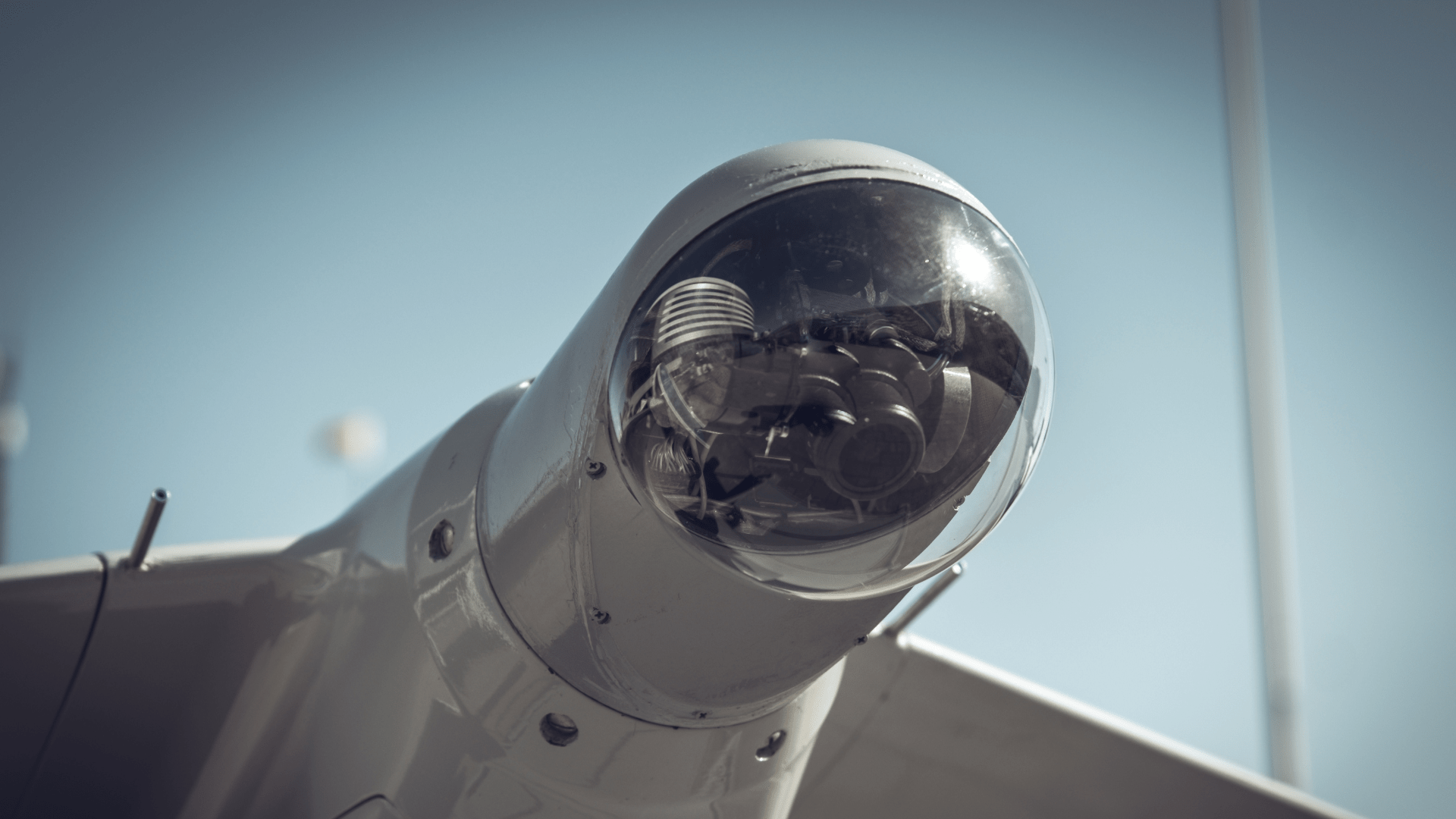Microbolometer: The Tiny Thermometer of Thermal Cameras

Glossary Definition
A microbolometer is a specialized type of bolometer designed for thermal cameras, serving as a vital detector to capture and convert infrared radiation into electrical signals. These tiny thermometers play a crucial role in creating thermal images that reveal temperature variations in the environment. In this exploration, we will delve into the significance, working principles, advancements, and applications of microbolometers, shedding light on how these powerful sensors contribute to the remarkable capabilities of modern thermal imaging technology.
How does a microbolometer work?
Microbolometers consist of microscopic thermal sensors made of microelectromechanical systems (MEMS) or amorphous silicon. When infrared radiation (heat) reaches the microbolometer, the sensitive thermal sensor absorbs it, causing its temperature to change. This temperature variation alters the electrical resistance of the sensor. The microbolometer’s readout circuitry measures these resistance changes and converts them into electrical signals representing temperature variations, forming the foundation for thermal imaging.
Microbolometers operate on the principle of thermal expansion. When infrared radiation strikes the sensor’s absorptive layer, it heats up, causing the layer to expand. This expansion changes the resistance of the sensor, which is measured by the readout circuitry. By scanning the sensor across the scene, a thermal camera can create a thermal image displaying variations in temperature as different brightness levels or colors.
What are the benefits and advancements of microbolometers?
- Uncooled Operation: Unlike traditional bolometers requiring cryogenic cooling, microbolometers operate without expensive and bulky cooling systems, leading to compact and affordable thermal cameras. The ability to function without cooling greatly simplifies the design and reduces power consumption, making thermal imaging accessible to a broader range of applications.
- Enhanced Sensitivity: Advancements in microbolometer technology have improved sensitivity, enabling the detection of even subtle temperature differences in thermal imagery. This heightened sensitivity allows for more precise temperature measurements and clearer thermal images, even in challenging conditions.
- Higher Resolutions: Ongoing advancements in microbolometer fabrication result in higher pixel densities, offering thermal cameras with higher resolutions and finer image details. Higher resolutions provide better image clarity, making it easier to identify and analyze thermal anomalies in various scenarios.
- Smaller Form Factors: As technology progresses, microbolometers continue to shrink in size, enabling the development of smaller and more lightweight thermal cameras. This miniaturization has significant implications for applications where portability and mobility are critical, such as in handheld thermal imagers for military and first responders.
Where are microbolometers used?
Microbolometer-equipped thermal cameras find diverse applications across numerous industries and fields, including:
- Surveillance and Security: Microbolometer-based thermal cameras are widely used for surveillance and security purposes. They provide clear imagery in complete darkness and challenging weather conditions, making them invaluable tools for law enforcement, military operations, and perimeter security.
- Industrial Inspections: In industrial settings, microbolometers enable thermal inspections of machinery, pipelines, and electrical systems. By identifying hotspots and potential issues, thermal inspections help prevent costly breakdowns, enhance maintenance planning, and improve overall safety.
- Search and Rescue: In search and rescue operations, microbolometer-equipped thermal cameras are instrumental in locating individuals in low-visibility conditions or during natural disasters. These cameras help first responders navigate through smoke, darkness, and adverse weather to save lives.
- Firefighting: Firefighters rely on microbolometer-based thermal cameras to identify hidden heat sources and navigate smoke-filled environments. These cameras assist firefighters in detecting hotspots, locating victims, and developing effective strategies for extinguishing fires.
- Environmental Monitoring: Microbolometers are used in environmental studies to monitor temperature changes in various ecosystems. From detecting forest fires to studying glacial and coastal changes, thermal cameras contribute valuable data to environmental research.
Conclusion
Microbolometers, the tiny thermometers of thermal cameras, have revolutionized thermal imaging technology by enabling uncooled and compact detection of infrared radiation. Their exceptional sensitivity and higher resolutions have opened doors to a wide array of applications, from enhancing surveillance and security to enabling life-saving search and rescue missions. As technology advances, microbolometers will continue to play a critical role in providing real-time thermal imagery, contributing to safer, more efficient, and smarter decision-making across industries and fields. With their remarkable capabilities, microbolometers stand as indispensable sensors, illuminating the world with the invisible light of heat. As we explore further into the future, microbolometers will undoubtedly be at the forefront of advancing thermal imaging technology and finding new applications, ensuring a brighter and safer tomorrow.


